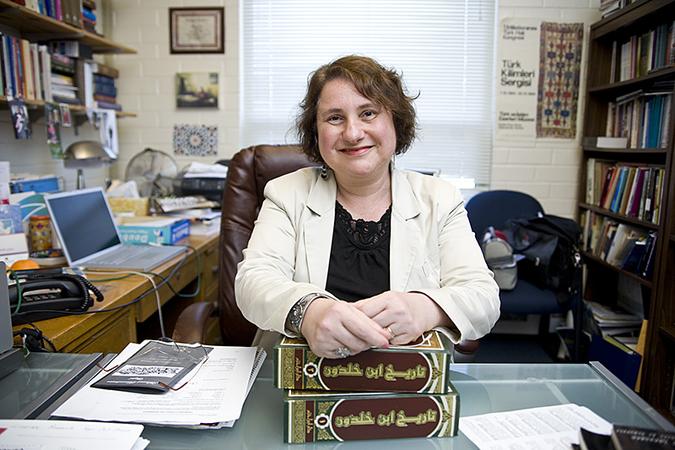A few weeks ago, I got home late after the second day of Biola’s faculty conference, so I went online to catch up on the news. I was confronted with unedited scenes of hundreds of dead children, babies and toddlers laid out in makeshift morgues following the now infamous gas attack in Damascus. These images were interspersed with film showing survivors suffering from the effects of what we now believe was the poison known as sarin.
The following day our faculty conference went on as normal. Only a few of us had seen the images. In our anguish, we could barely focus on our work. We needed to pause, to pray, to mourn with those who mourn, to recognize what had happened and to give the victims the dignity of our attention. After 30 years of teaching the history of the Middle Eastern conflict, I know only the Bible can minister to our broken hearts, our sense of injustice, our sense of helplessness. The graphic images of war convey its evil to us, but how are we to respond?
Our generation has become accustomed to horrific images; we prefer to look away. Yet the Lord seemed to be speaking to us that day. The faculty was informed that the Center for Bio-Ethical Reform had made plans to disturb our peace by confronting us with horrific images of aborted babies on the first day of classes.
I could not miss this coincidence. Is it possible that being confronted with graphic images, images we don’t want to see, could serve God’s purposes?
I pondered this all through the day. I often use video and art in my teaching, but I don’t use graphic images unless they convey information that will help my students understand what I am trying to teach them. Images are compelling and dangerous; they threaten our sense of equilibrium — they should drive us to the foot of the cross.
Last spring, the art department sponsored a symposium on violence and peace. Museum of Fine Arts, Houston photography curator Anne Wilkes Tucker addressed the use of graphic images in studying war. I purchased her massive tome, “War/Photography: Images of Armed Conflict and Its Aftermath.” In its forward, Gary Tinterow, the director of the MFAH, writes that war photographs “bring to light universal emotions of grief, terror, horror, and trauma … and stand as a testament to the extraordinary power of photography to capture and intensify the human experience.”
Graphic images compel us to open our eyes and to see the ugly realities of our fallen world. I believe that God uses these images for his purposes to convey truths we’d rather not see.
A couple of years ago I taught a course on Jerusalem. During that semester we focused on the temple and its sacrifices. As I prayed about the CBR campaign on our campus against the backdrop of the massacre in Damascus, I gained new insight into the purposes of the sacrificial system in the Old Testament.
When we think about temple sacrifices today, the whole system seems primitive, gory, disgusting. We are thankful that Jesus came as the last sacrifice and that the whole bloody spectacle belongs to a previous dispensation. Now, I realize, God used the temple sacrifices to teach us about life and death. He sanctified the process, setting it apart in a sacred place at appointed times to teach the Israelites and the nations about the horrors of sin and death. The highly ritualized theater of sacrifice allowed the people to witness killing to teach them the sanctity of life.
The media ritualizes the broadcast of horror into our sanctuaries, our homes, but we have no way to filter these images without God.
By opening up multiple channels for conversation about art and images on campus President Corey has helped Biola to engage the realities of our fallen world. Following an incident earlier this spring, DBC recognized the importance of “a clear policy supporting the ethical and compassionate use of graphic images in places trafficked by students … [by] finding ways and appointing times and places on campus where information, including photographs of victims of injustice, will be displayed.”
Note the biblical allusions President Corey used. As Jews around the world prepare for Yom Kippur, that great foreshadowing of Christ’s atonement in his priestly role on our behalf, I give thanks to God that Biola will establish appointed times and places for us to meditate upon the horrors of our fallen world with eyes wide open. In this way, may Jesus prepare us to be the compassionate instruments of his peace in our war-torn world.







